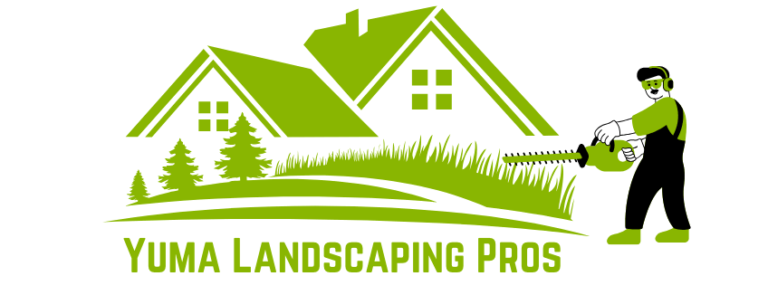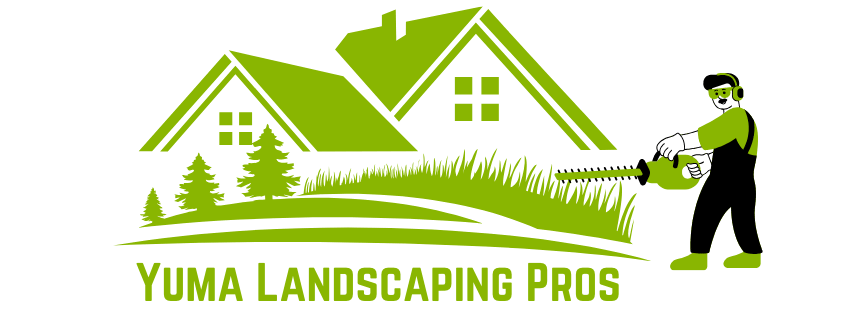Introduction
Watering your garden efficiently can be challenging, especially when you’re trying to balance plant health, water conservation, and time management. Installing an irrigation system is a great solution to ensure your garden gets the right amount of water while minimizing waste. Whether you’re a gardening novice or a seasoned pro, this guide will show you how to install an irrigation system for your garden in simple, actionable steps.
Why You Need an Irrigation System
Before diving into the installation process, let’s quickly discuss why an irrigation system is essential for your garden:
- Consistent Watering: Ensures your plants receive a steady amount of water, preventing overwatering or underwatering.
- Water Conservation: Reduces water waste by directing water directly to the root zones where it’s needed.
- Time-Saving: Automates watering, saving you time and effort on daily tasks.
- Healthier Plants: Promotes healthier plant growth by delivering water evenly and efficiently.
Types of Irrigation Systems
There are a few options to consider when choosing an irrigation system for your garden:
- Drip Irrigation: Best for gardens with flowers, vegetables, and shrubs. Water is delivered slowly to the base of each plant.
- Sprinkler Systems: Ideal for larger lawns and gardens, sprinklers cover a wider area and distribute water more evenly.
- Soaker Hoses: These hoses slowly leak water along their length, making them great for flower beds and vegetable rows.
In this guide, we will focus on drip irrigation, which is highly efficient and perfect for gardens of all sizes.
Tools You’ll Need
To install a drip irrigation system, gather the following tools and materials:
- Drip irrigation tubing (main line and emitter tubing)
- Drip emitters or micro-sprayers
- Stakes to secure tubing
- A filter (to prevent clogging)
- Pressure regulator (to control water pressure)
- Barbed connectors
- Hose end connector or faucet adapter
- Scissors or a tube cutter
- Timer (optional, but helpful for automating watering)
Step 1: Plan Your Layout
Before you begin installation, it’s essential to plan where the irrigation system will go. Consider the following:
- Garden Size: Measure the area you need to irrigate to determine how much tubing and other components you’ll need.
- Plant Types: Different plants require different watering needs. Make sure the emitters are spaced accordingly.
- Water Source: Identify your water source (faucet or hose bib) and plan the layout accordingly, ensuring the tubing can reach all areas.
Sketch a simple layout on paper or use a garden design tool to map out where you want the main line and emitter tubing to run.
Step 2: Install the Main Water Line
- Connect the Filter and Pressure Regulator: Start by attaching the filter and pressure regulator to the faucet or hose bib. This ensures that your system gets clean water at the proper pressure to prevent damage.
- Attach the Tubing: Connect the main irrigation tubing to the pressure regulator. This tubing will serve as the central line, supplying water to the rest of the system. Run the tubing along the edges of your garden or beds.
- Secure the Tubing: Use stakes to secure the tubing along the ground, ensuring it stays in place. If necessary, use tubing clips to keep it in line.
Step 3: Install the Emitter Lines
- Cut the Tubing: Use scissors or a tube cutter to cut the tubing into sections based on your garden’s layout.
- Add Emitters: For each plant or group of plants, insert emitters into the tubing. The emitters can be inserted anywhere along the tubing and should be spaced based on the water requirements of your plants. You can also add micro-sprayers for wider coverage in areas with larger plants or flowers.
- Position the Emitters: Place each emitter or micro-sprayer near the base of the plants or root zones to ensure water goes directly to the roots.
Step 4: Connect the System
- Connect the Tubing to the Emitters: Use barbed connectors to attach the emitter tubing to the main line. Ensure all connections are tight and secure to prevent leaks.
- Test the System: Turn on the water and check the system for leaks. Ensure that water flows evenly through all emitters, and adjust the tubing and emitters as needed to ensure proper water coverage.
Step 5: Set Up a Timer (Optional)
To automate the watering process, you can attach a timer to the faucet or hose bib. Set the timer to water your garden at the right times, either early in the morning or late in the evening to minimize water evaporation. This will ensure your plants are watered consistently, even when you’re not around.
Step 6: Final Check and Adjustments
Once the system is installed:
- Check for Blockages: Look for any clogged emitters or tubing. Clean them as needed to maintain water flow.
- Monitor Watering: Over the next few days, monitor the system to ensure it’s watering the plants correctly. Adjust emitter placement if some areas are getting too much or too little water.
- Maintain Regularly: Periodically check the system for leaks, clogged emitters, or any other issues. Keep the filter clean and replace any damaged parts.
If you’re in an area like landscaping Yuma AZ, where water conservation is a priority, installing an efficient irrigation system can make a significant difference in both the health of your plants and your water bills.
Conclusion
Installing an irrigation system in your garden is an investment that will save you time, water, and effort while helping your plants thrive. By following this step-by-step guide, you can set up a drip irrigation system that’s efficient, easy to use, and tailored to your garden’s needs. With just a few simple tools and some careful planning, you’ll have a beautiful, low-maintenance garden that stays watered and healthy all season long.
Our Another About: How Tree Removal Can Enhance Your Landscaping


